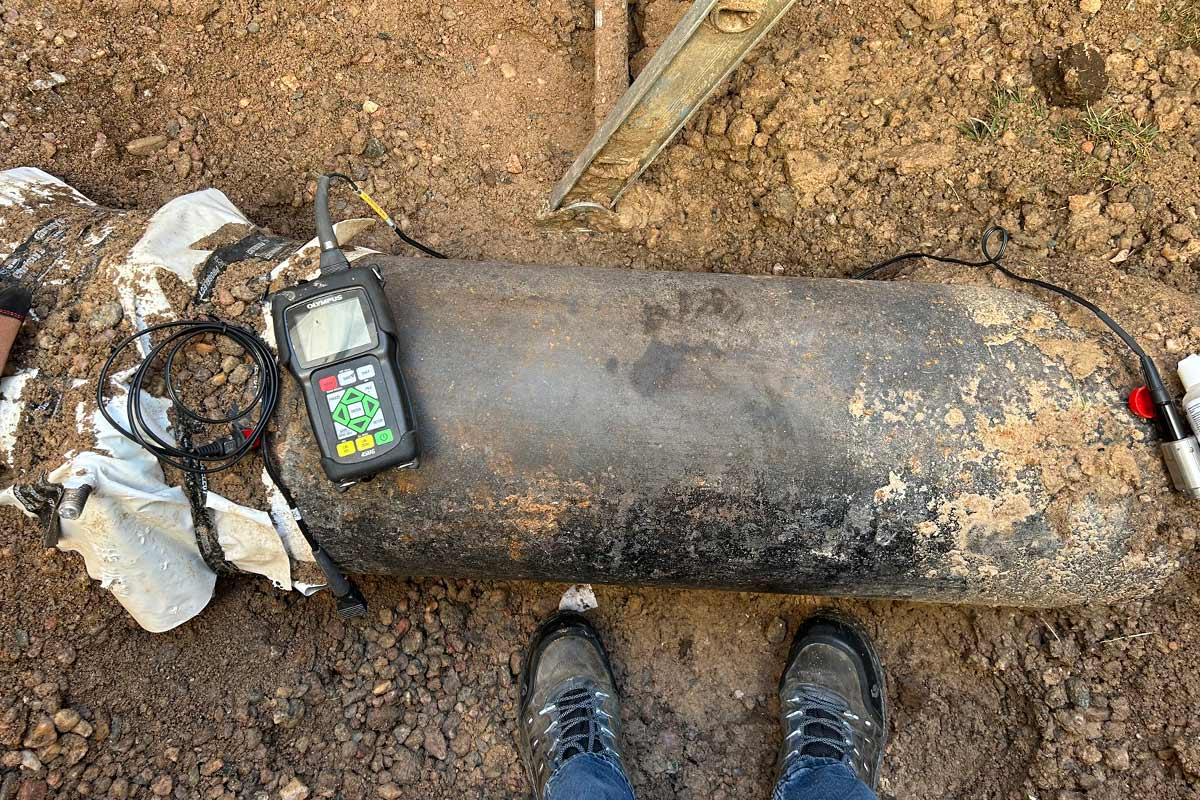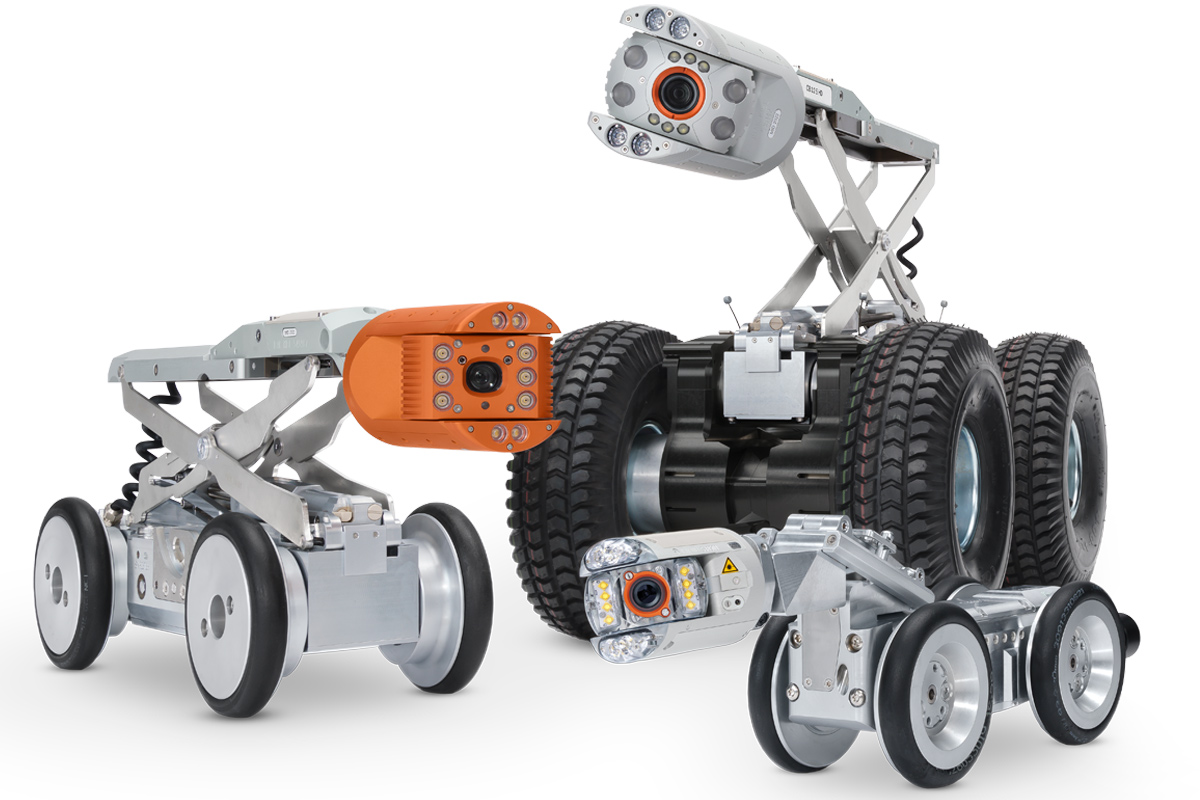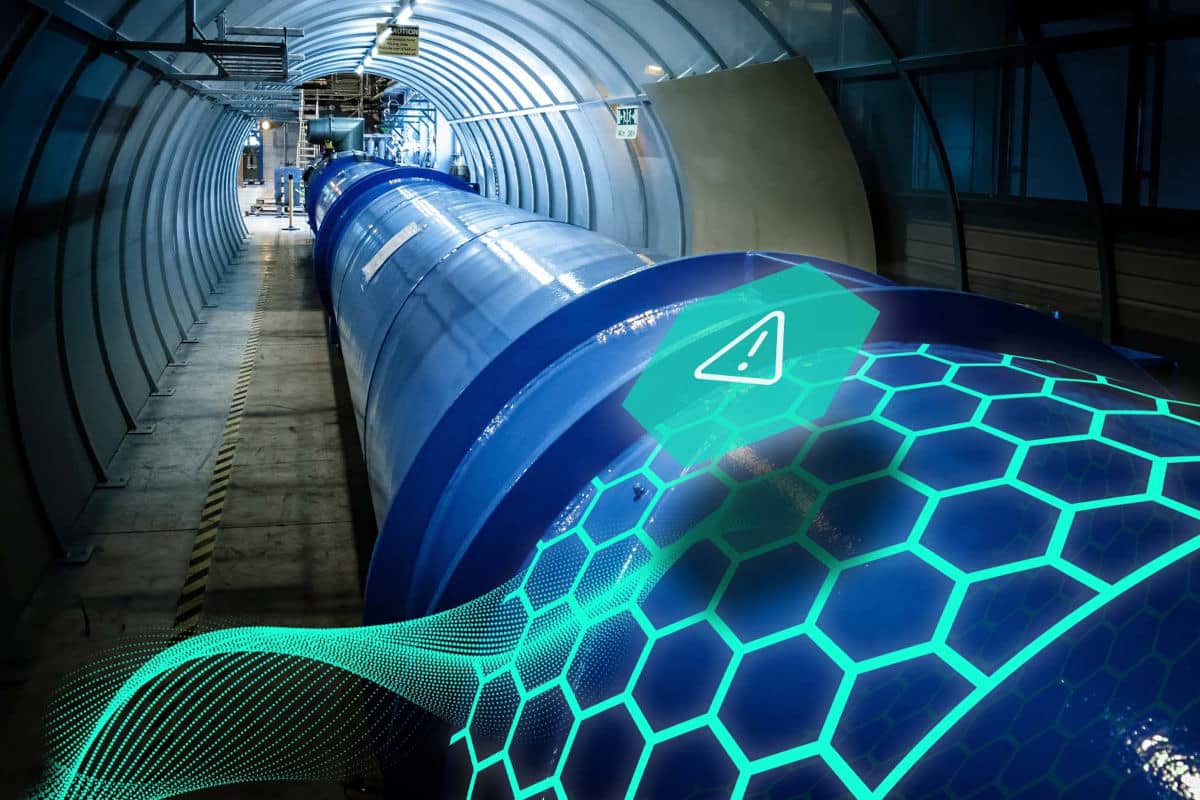Pipeline Corrosion
The realities of modern economics have made it critical to maximize the service life of underground pipelines. One of the key factors in any pipeline integrity management plan is the control of external corrosion.
The four basic elements of a corrosion cell are: an anode, where oxidation (corrosion) occurs; a cathode, where reduction (protection) occurs; and the metallic and electrolytic pathways between them. Corrosion control can be achieved by eliminating or reducing any of these elements. For underground piping, the primary approach is to modify the electrolytic pathway by introducing a barrier between the threatened metal surface and the corrosive medium (i.e., by applying some kind of coating). If all metal surfaces could be coated with a material that was absolutely waterproof and absolutely free of flaws (holidays), all attack would be stopped. It should be noted that these two properties would have to be permanent without degradation. Unfortunately, no combination of coating materials and painstaking application can ensure a perfect coating indefinitely.
Cathodic protection (CP) is a technique used to reduce the corrosion of a metal surface by making the entire structure the cathode of an electrochemical cell — that is the derivation of the term. This is typically accomplished by discharging current from an external anode (not part of the subject structure) so that current will flow through the electrolyte to, instead of away from, the original anodic sites on the structure surface. As a result, the open circuit cathodes are polarized to the potential of the most active open circuit anodes. CP has been demonstrated as effective on a wide variety of structures, and the protection of buried and submerged metallic piping is among the most important uses. Reliable evaluation of cathode protection levels and coating effectiveness represent critical information in decisions regarding the need for remedial action to keep underground piping in service.
In 1969, NACE International (then the National Association of Corrosion Engineers) developed its first Standard Recommended Practice for the corrosion control industry. RP0169, “Control of External Corrosion on Underground or Submerged Metallic Piping Systems” included criteria for the evaluation of CP effectiveness based on at-grade potential measurements. Over the years, these criteria have been revised to reflect advances in technical understanding, test equipment and data analysis. CP surveys that were once limited to pipe-to-soil potentials at test stations now routinely include measurements between test stations using Close Interval Survey (CIS) techniques and sophisticated methods for considering voltage drop errors associated with current flowing through the earth.
One of the traditional methods for evaluating general coating condition has been section resistance. This method involves cycling CP current sources and measuring the resulting potential shifts at both ends of a target pipe segment. The CP current entering and leaving the segment is measured using current spans (calibrated lengths of pipe between test station pairs); this difference represents the amount of current that provides protection to the specific segment. When the average potential shift is divided by this difference in current, the result is analogous to Ohm’s Law and produces the section resistance. To permit comparisons from one segment to another, the section resistance is multiplied by the surface area of the pipe within the segment to yield a coating resistance in ohm-square-feet. Consideration of local soil resistivities permits a sound comparison of coating condition and may identify locations where coating rehabilitation may be considered.
Many other techniques and instruments have been developed and improved in recent years. NACE Task Group 294 is close to completing its Standard Test Method, “Aboveground Survey Techniques for the Evaluation of Underground Pipeline Coating Condition.” The techniques that are described include Alternating Current Voltage Gradient (ACVG), Direct Current Voltage Gradient (DCVG), AC Current Attenuation and the Pearson Survey, which detects potential gradients resulting from an applied high-frequency AC signal leaking to earth at coating flaws. Each of these techniques is suited to a specific set of conditions and careful selection of the appropriate survey can, in some cases, provide much more detailed information than traditional approaches.
While there are modern coatings that approach perfection, at progressively higher costs, it is often most practical to accept the inevitability of some coating flaws, where corrosion can be controlled by CP. The costs associated with CP for various ranges of coating efficiency are well known. Therefore, it is possible to select a cost-effective combination of reasonably good coating and CP, bearing in mind that generally, it is not practical to increase the investment in higher quality coating beyond the related savings in CP costs. One exception to this guideline may be the choice of a protective coating system for pipe that is to be installed by horizontal direction drilling (HDD). Because future access for coating rehabilitation is unlikely to be available, additional costs for abrasion resistant coatings (ARO) may be justified.
When regular monitoring of a pipeline indicates a trend toward reduced cathodic protection levels, an investigation should begin with verification that isolation devices remain electrically effective and that all CP current sources continue to operate properly, including verification that anode beds remain intact. A gradual increase in the amount of protective current needed to achieve effective CP suggests coating deterioration. An orderly evaluation with the techniques described above can confirm this and identify specific areas requiring corrective action.
The simplest and least costly approach is the adjustment of existing CP facilities; however, there are circumstances where local demand for current exceeds their capacity. Supplemental CP, either by increasing the size or reducing the spacing between current sources, may provide the necessary coverage. In some cases the addition of conventional shallow or deep anode beds may not provide adequate current distribution to specific areas of poor coating. The installation of a parallel linear anode may be less costly than a re-coating program. For older pipe segments that were originally bored in place and are experiencing coating deterioration, it is often possible to install parallel segments of linear anode following sound engineering principles.
Information about the condition of the pipe steel may be obtained by direct examination, long range guided wave ultrasonic thickness measurements, in-line inspection (ILI) with smart tools, tethered pigs or other technology. Under ideal circumstances, any significant metal loss would be detected while there is still time to take the necessary action to preserve the pipeline. Unfortunately, there will sometimes be no practical alternative to the replacement of a pipeline or portions thereof.
One of the important regulatory developments of the past several years is the requirement for pipeline integrity management plans for natural gas transmission and hazardous liquid pipelines. A cornerstone of these plans is the four-step process aimed at promoting public safety and known as External Corrosion Direct Assessment. ECDA incorporates many of the principles discussed above, including the Pre-Assessment collection of information about the construction and operating history for a pipeline, especially its corrosion history; Indirect Inspection of coating and CP effectiveness with carefully selected complementary survey techniques; assessment of risks to pipeline integrity and Direct Examination of representative locations; and a Post-Assessment summary of results and plans for next steps. Not all portions of all pipelines are covered under ECDA, but the definition of high-consequence areas (HCAs), where the greatest risks to public safety are anticipated, helps focus available resources at the appropriate locations. With modern corrosion control tools such as quality coating, cathodic protection and ECDA, the maximum practical service life for underground piping can be attained.
Norm Moriber is chief corrosion engineer of the Pipeline Integrity Group of Mears Group Inc. He also serves as NACE vice chair of member operations and also as a chair on the Technology Exchange Group on Cathodic Protection.




